<< Previous | Displaying results 3676-3700 of 6772 for "" | Next >>
Bulgaria joined the Axis alliance on March 1, 1941, after the Germans offered them Greek territory in Thrace. Learn about Bulgaria during WWII and the Holocaust.
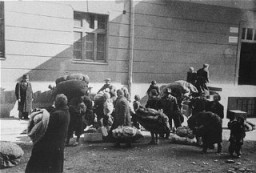
Nazi Germany annexed Austria in March 1938. Learn about Austria’s capital, Vienna, which at the time was home to a large and vibrant Jewish community.
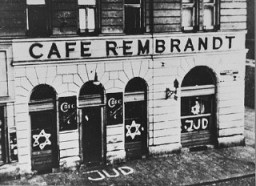
Nazi Germany invaded Paris in May, 1940. Learn more about Paris during World War II and the fate of the Jewish population.
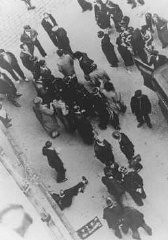
Learn about the Gross-Rosen camp, including its establishment, prisoner population, subcamps, forced labor, and liberation.
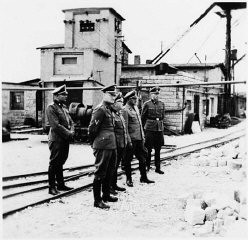
The Axis powers invaded Yugoslavia on April 6, 1941. Learn about the Axis invasion and partition, collaboration, and the fate of Jewish people living in Yugoslavia.
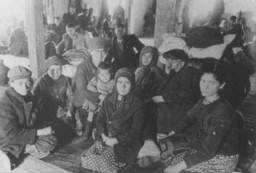
Towards the end of 1940, Hungary joined the Axis powers and invaded Yugoslavia and the Soviet Union. Learn more about Hungary before the German occupation.
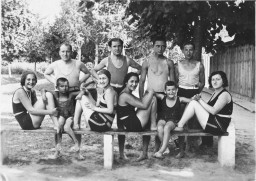
The Nazis invaded Hungary in 1944 to prevent the government from negotiating an armistice with the Allies. Learn more about conditions in occupied Hungary.
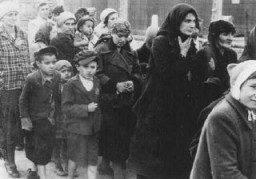
Germany invaded Norway on April 9, 1940. Read more about this invasion, the collaborator Vidkun Quisling, and the tragic fate of Norway’s Jews.
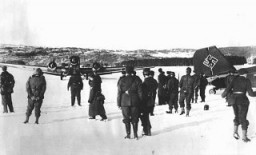
Learn about the prewar Jewish community of Tarnow, German occupation, deportations and killings of the Jewish population, ghettoization, and resistance.
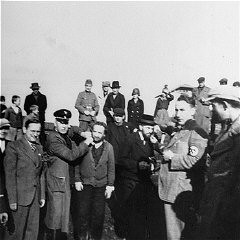
After WWII, many Holocaust survivors, unable to return to their homes, lived in displaced persons camps in Germany, Austria, and Italy. Learn about the experiences of Jewish DPs.
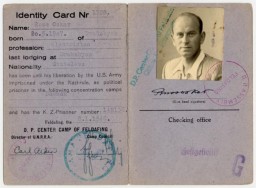
German forces occupied Riga, Latvia in July 1941. Learn more about the establishment of the Riga ghetto, mass shootings of Jews, and Jewish resistance.
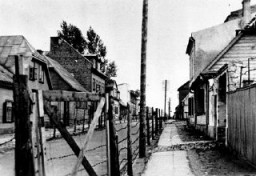
To perpetrate the Holocaust, Nazi Germany relied on the help of allies and collaborators from across Europe, including governments, institutions, and individuals.
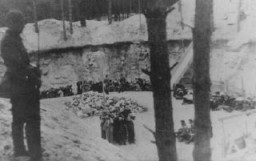
After the Nazi rise to power in 1933, the German system of justice underwent "coordination" (alignment with Nazi goals). Learn more about law and justice in the Third Reich.
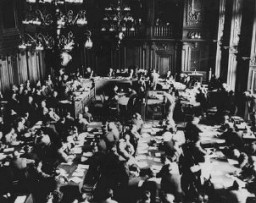
Learn more about the plight of Jewish refugees who attempted to escape Germany between 1933 and 1939.

Many Jews sought to leave Germany after the Nazi rise to power. After WWII began, escape from areas under Nazi control became increasingly difficult or impossible.

Even before joining the Axis alliance in 1940, Romania had a history of antisemitic persecution. Learn more about Romania before and during World War II.
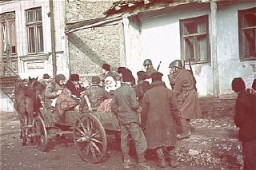
In September 1939, the Germans launched a campaign of terror intended to destroy the Polish nation and culture. Learn more about the German occupation of Poland.
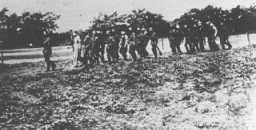
As Germany conquered much of Europe, the concentration camp system expanded in size, function, and number of prisoners. Learn about concentration camps from 1939–1942.
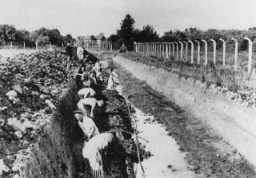
Learn about the Nazi concentration camp system between 1942 and 1945. Read about forced labor, evacuations, medical experiments, and liberation during this period.
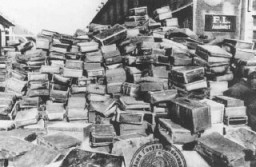
At the Wannsee conference of January 1942, Nazi Party and German government officials gathered to coordinate implementation of the “Final Solution to the Jewish Question.”
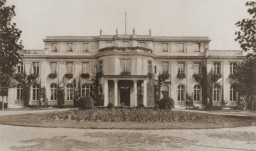
Between 1939-1942, Nazi Germany invaded multiple countries across Europe. Learn more about German expansion during World War II.
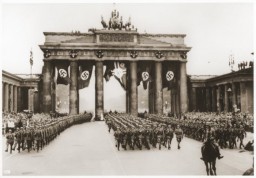
Learn more about the Soviet occupation of Europe before and after the defeat of Nazi Germany and the end of World War II.
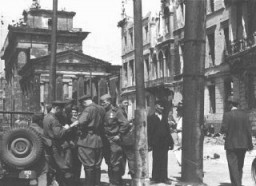
Learn more about how and why Nazi German SS and police units, including the Einsatzgruppen, perpetrated mass killings of Jews in the occupied-Soviet Union.
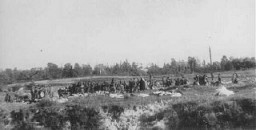
Jewish groups worldwide helped rescue thousands during the Holocaust. Read more about efforts to save Jews from Nazi persecution and death.
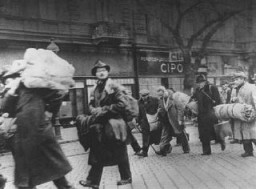
In July 1938, 32 nations met in Evian, France, to discuss immigration policies for Jewish refugees fleeing Nazi Germany. Learn how these discussions impacted Jewish lives.

We would like to thank Crown Family Philanthropies, Abe and Ida Cooper Foundation, the Claims Conference, EVZ, and BMF for supporting the ongoing work to create content and resources for the Holocaust Encyclopedia. View the list of donor acknowledgement.